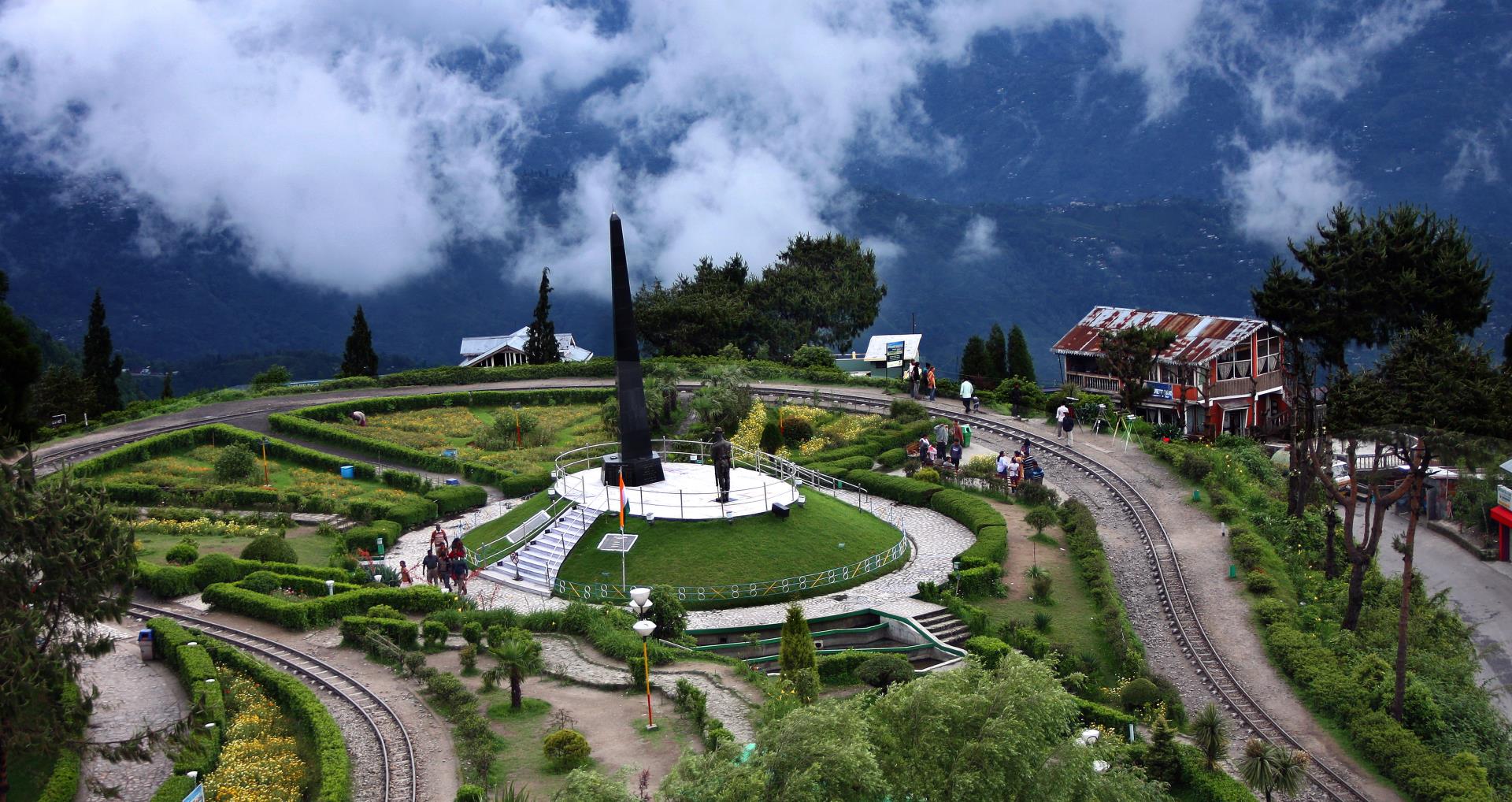
Sorry, we couldn't find anything that matches your search.
Destination

Famous Places to Explore in Hyderabad
A vibrant city with the imposing...

Raipur Tourist Places | Best Place to Visit
The stronghold of several erstwhile...

Ahmedabad
Declared as India's first UNESCO World...
#
Located on the outskirts of Darjeeling, at a height of 1,458 m above sea level, Kurseong is a popular hill station. The word 'Kurseong' means the place of the white orchid. It got this name due to the abundance of lovely white orchids that bloom on its hill slopes.
Kurseong is a thriving township privy to spectacular views of Mt Kanchenjunga (third-highest mountain peak in the world), Kabru and Jannu, as well as the rivers of Teesta and Mahananda. The toy train, whistling and chugging up the track through the meadows of Kurseong, creates a romantic atmosphere that couples young and old love.
The place is situated at a lower altitude than Darjeeling and hence, the climate stays pleasant all year round. The hill station has a number of tourist spots such as the Salamander Lake, which used to be one of the favourite boating spots for the British. The lake also houses the rarest and an endangered species of the salamander.
Apart from this, there is a Forest Museum that houses bones and wooden artefacts, along with models of a dam, forest houses etc. Not only that, Kurseong houses some of the most magnificent and renowned British schools such as the Dowhills Girls School and Victoria Boys School.
Kurseong's calm atmosphere and pleasant climate has attracted a number of famous personalities in the past. Guru Rabindranath Tagore composed some of his most famous songs and poems here. Sister Nivedita, the disciple of Swami Vivekananda, had made this place her home. Even Mark Twain spent some time here. However, Kurseong is most popularly associated with Netaji Subhash Chandra Bose, who was imprisoned in a bungalow here by the British. The bungalow has now been turned into a museum, and showcases the furniture and other items used by Netaji.
Historically, Kurseong was handed over to the British in 1835, and largely went unnoticed by tourists until the Darjeeling Himalayan Railway (DHR) Toy Train track was extended to it in 1980.








